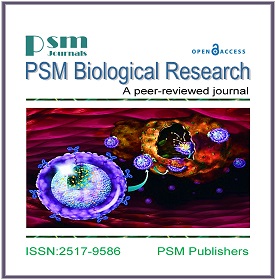Prevalence of Entamoeba histolytica among Children attending Healthcare Centres at Amran Governorate, Yemen
Keywords:
Amoebiasis, Amran Governorate, Entamoeba histolytica, Prevalence, Yemen.Abstract
The prevalence of Entamoeba histolytica parasite is considered as a big challenge that interrupts the public health. The lack of hygienic practices, treated water, and health education due to the high level of poverty are the major factors associated with the prevalence of amoebiasis disease in Yemen. Consequently, this study aimed to find the prevalence of E. histolytica among children attending the healthcare centres of Amran Governorate, Yemen. A total of 271 specimens were chosen from infected children aged between 1-14 years attending healthcare centres in the period between January to June 2019. The collected specimens were examined by direct microscopical examination, saline sedimentation, and formalin-ether concentration. The results showed that 166 (61.25%) specimens were positive for E. histolytica while 105 (38.75%) specimens were negative. The highest prevalence of amoebiasis was 85 (62.04%) recorded among children from rural areas compared to 81(60.45%) children from urban areas. In the urban area, it was found that the overall rates of infection between males (57.14%) and females (58.21%) were similar. Also, a higher prevalence rate (81.25%) was recorded among males aged between 8 to 14 years. The number of infected age groups was equal in both gender in the rural area. The results based on gender revealed 53.1% of infected children were male and 46.99% were female. The associated factors with the highest prevalence of E. histolytica infection were recorded among parents of children with the illiterate status of education, children drinking water from the uncovered water source, and the children who did not wash hands after defecation. Different strategies that include health education programs, treatment of the drinking water, personal hygienic practices, and increased community awareness about infection transmission warrant to enhance the control of intestinal parasitism and morbidity caused by E. histolytica parasite.
Downloads
Published
How to Cite
Issue
Section
License
Copyright (c) 2020 PSM Biological Research

This work is licensed under a Creative Commons Attribution-NonCommercial-NoDerivatives 4.0 International License.







